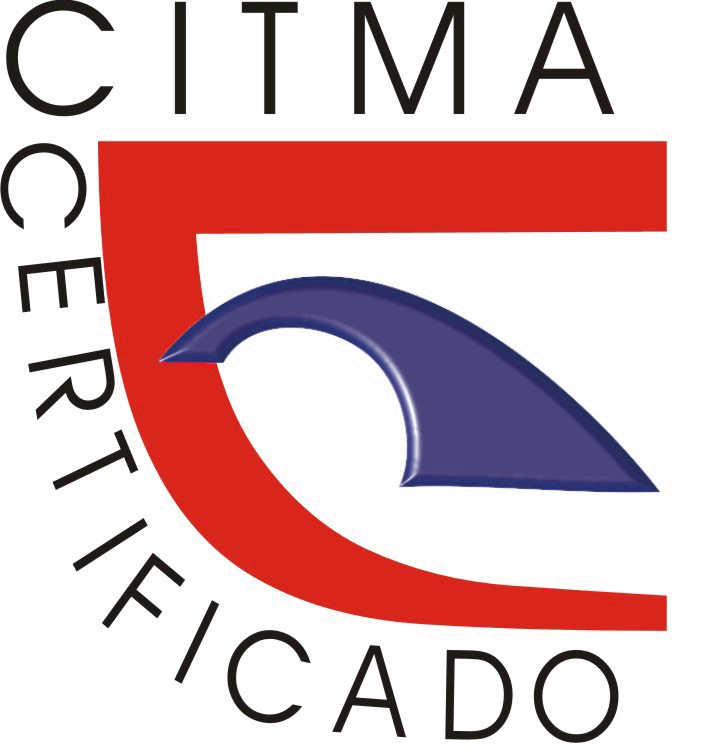Metric Learning to improve the persistent homology-based gait recognition
Guillermo Aguirre Carrazana, Javier Lamar León, Yenisel Plasencia Calaña
Resumen
Gait recognition is an important biometric technique for video surveillance tasks, due to the advantage of using it at distance. In this paper, we present a persistent homology-based method to extract topological features from the body silhouettes of a gait sequence. It has been used before in several papers for the second author for human identification, gender classification, carried object detection and monitoring human activities at distance. As the previous work, we apply persistent homology to extract topological features from the lowest fourth part of the body silhouette to decrease the negative effects of variations unrelated to the gait in the upper body part. The novelty of this paper is the introduction of the use of a metric learning to learn a Mahalanobis distance metric to robust gait recognition, where we use Linear Discriminant Analysis. This learned metric enforces objects for the same class to be closer while objects from different classes are pulled apart. We evaluate our approach using the CASIA-B dataset and we show the effectiveness of the methods proposed compared with other state-of-the-art methods.
Palabras clave
gait recognition; linear discriminant analysis; metric learning; persistent homology; TDA
Texto completo:
PDF (English)
Enlaces refback
- No hay ningún enlace refback.
_________________________________________________________________________________________________________
La Universidad de las Ciencias Informáticas (UCI), a través del sello editorial Ediciones Futuro, publica los contenidos de la Revista Cubana de Ciencias Informáticas (RCCI) bajo licencia Creative Commons de tipo Atribución 4.0 Internacional (CC BY 4.0). Esta licencia permite a otros distribuir, mezclar, ajustar y construir a partir de su obra, incluso con fines comerciales, siempre que le sea reconocida la autoría de la creación original. Saber más
_________________________________________________________________________________________________________
